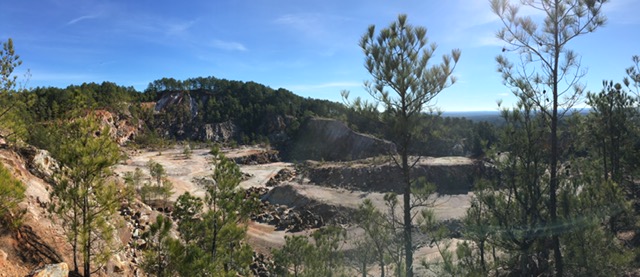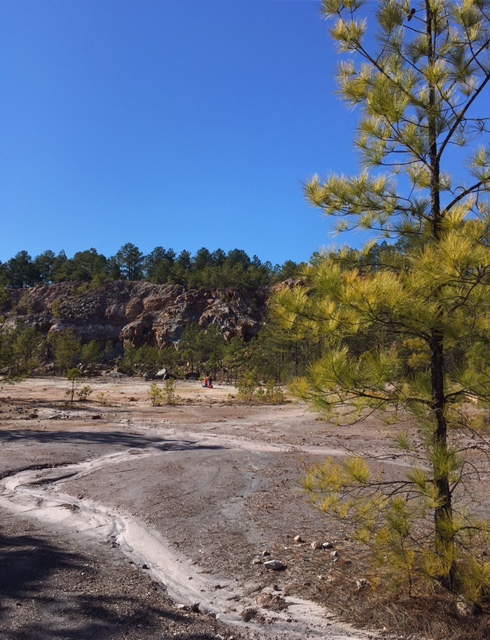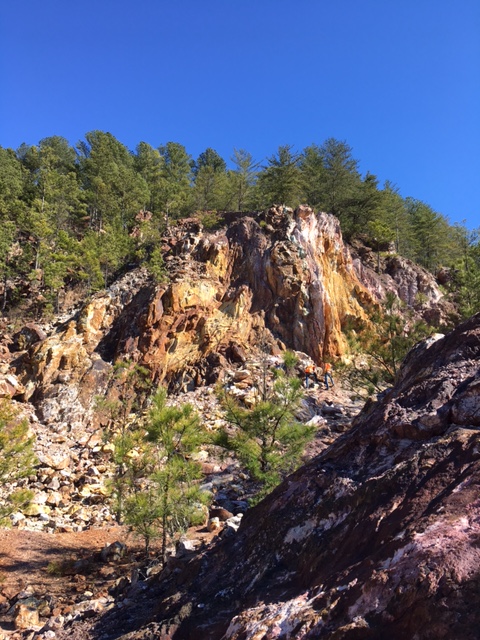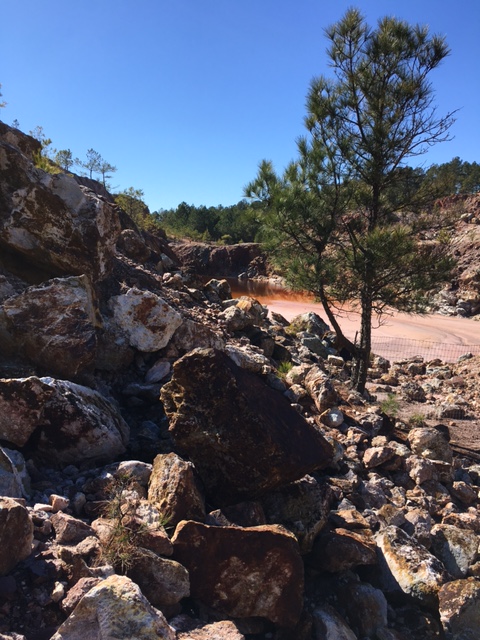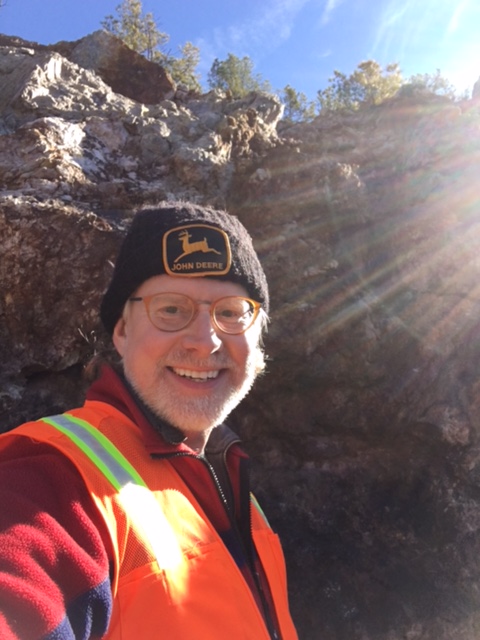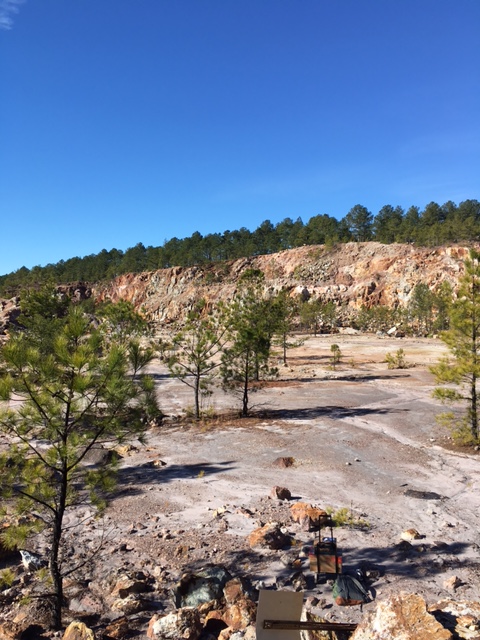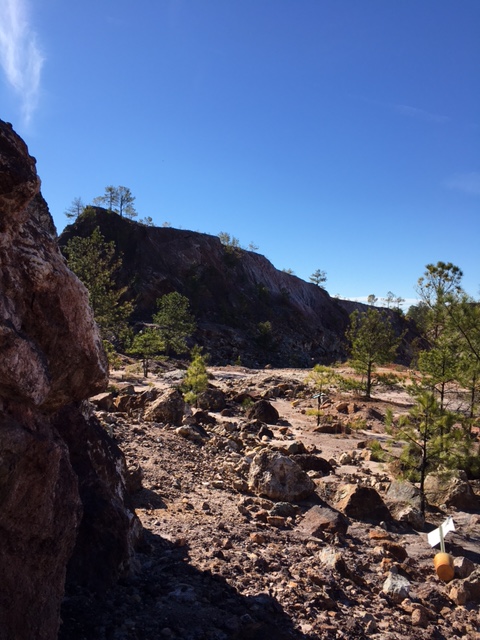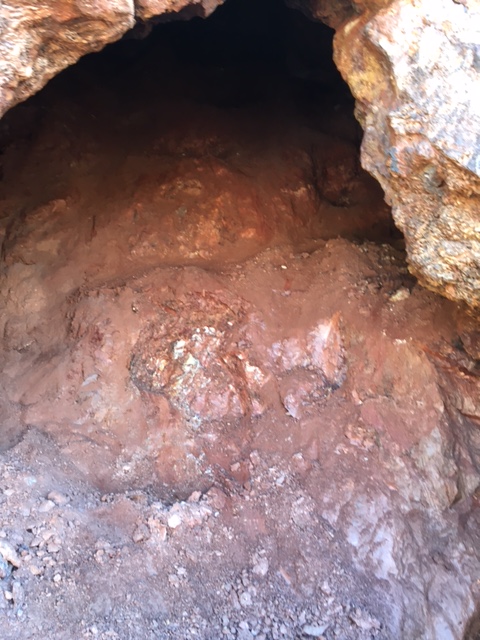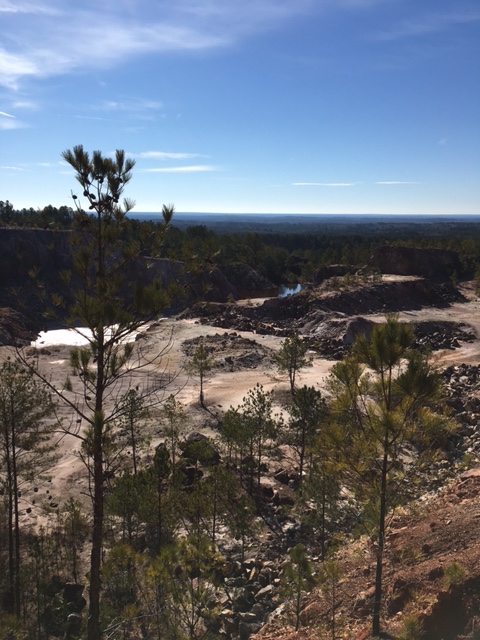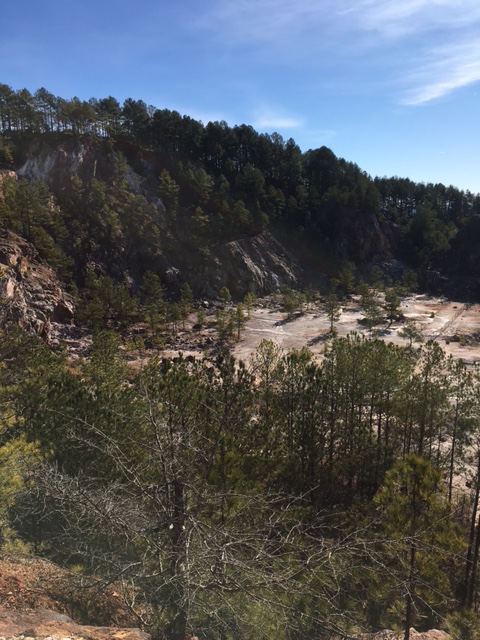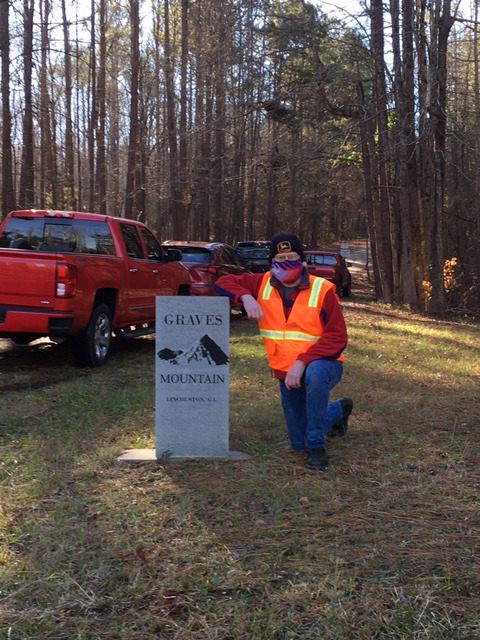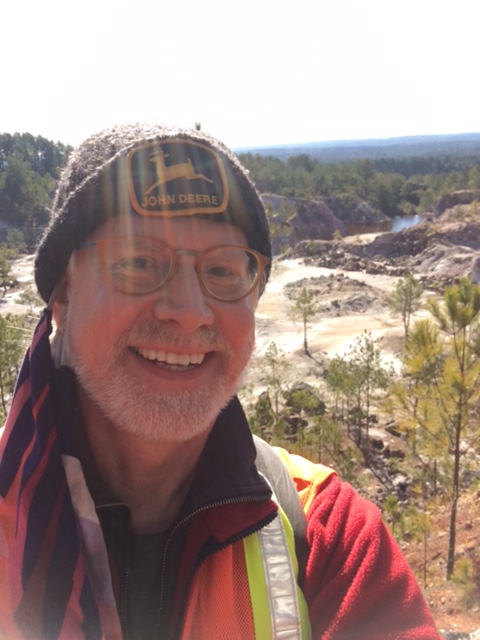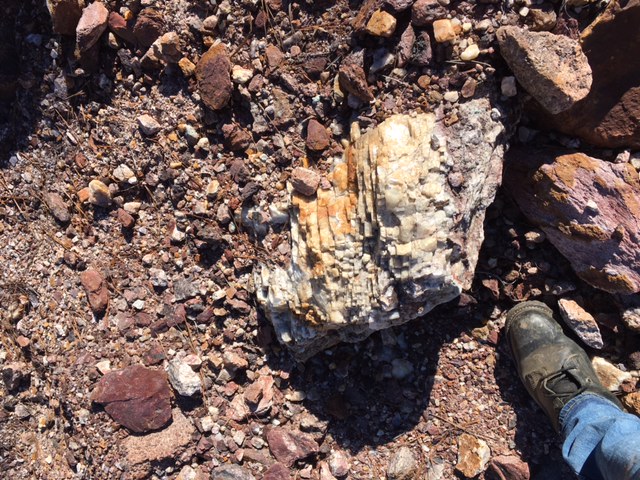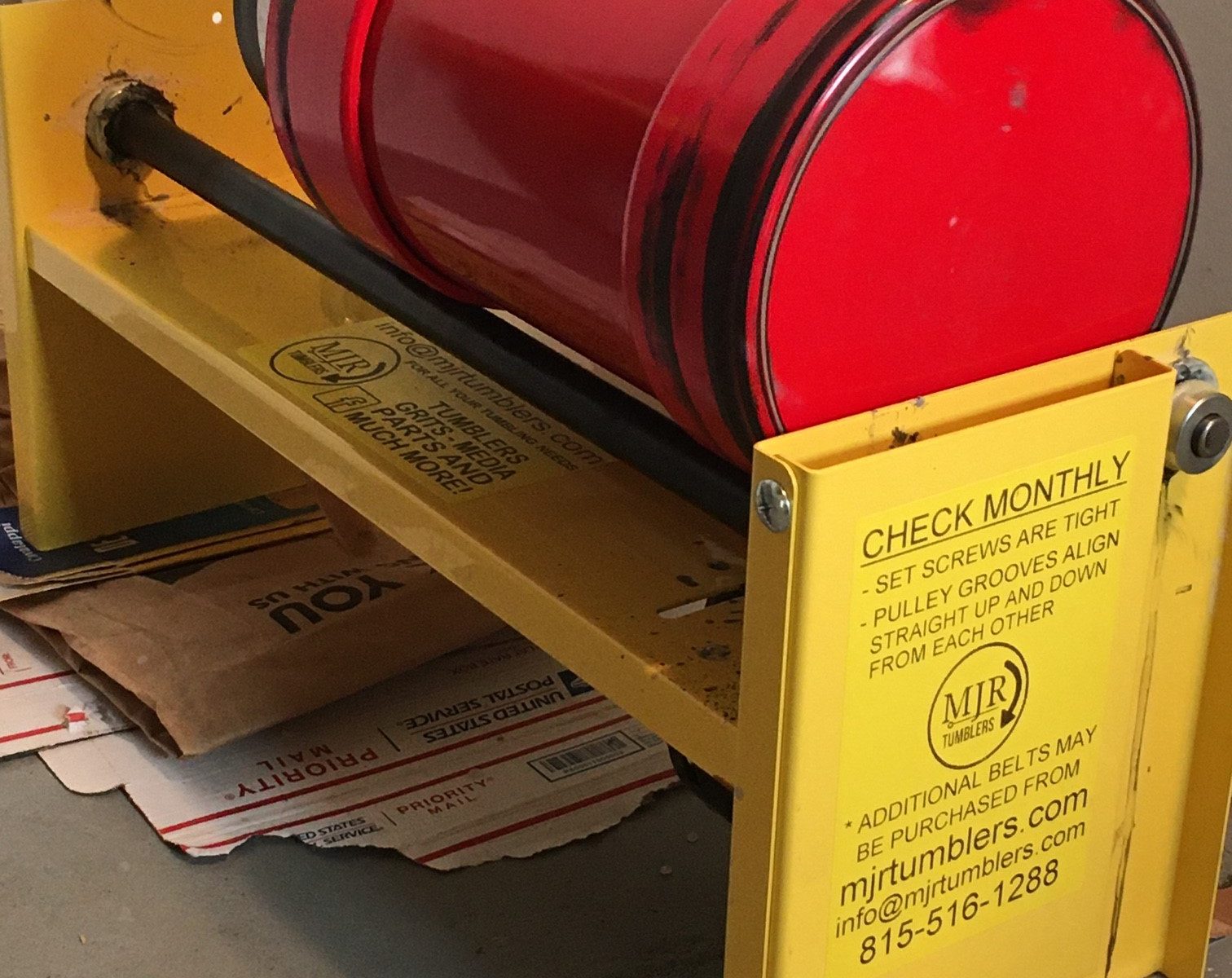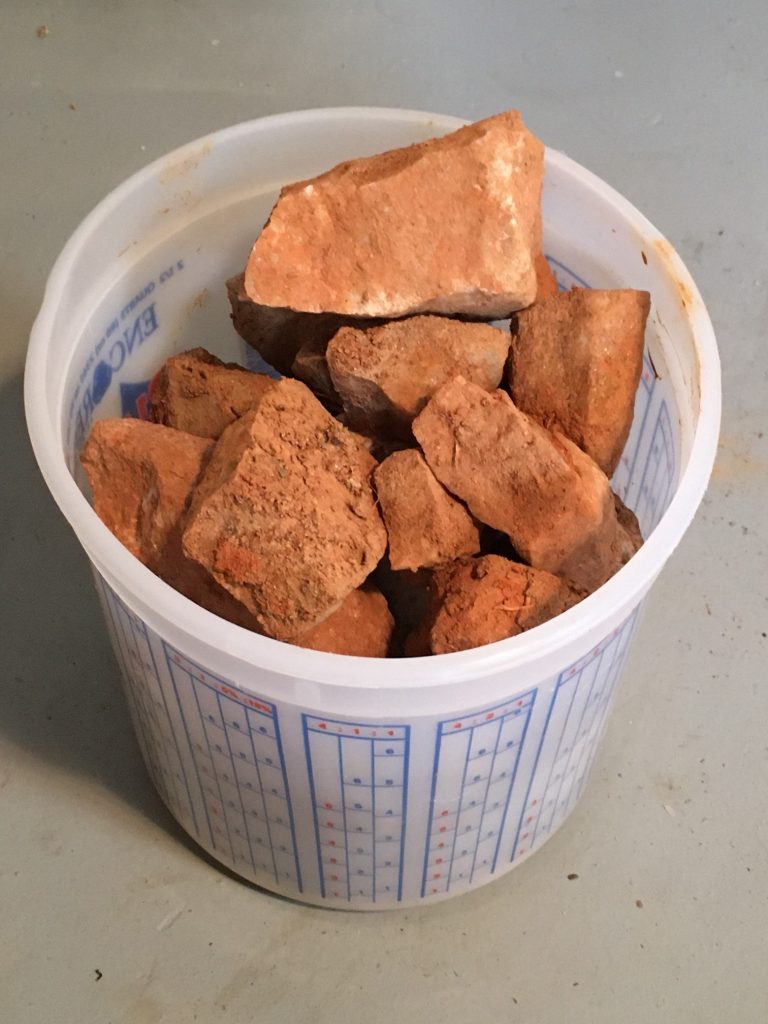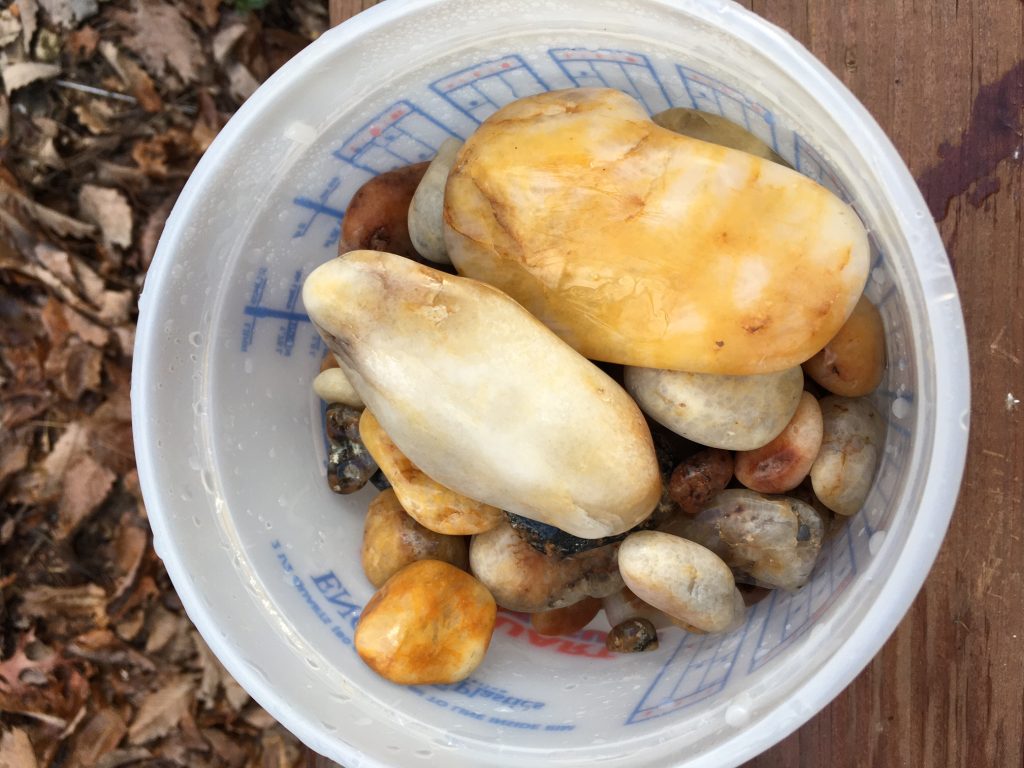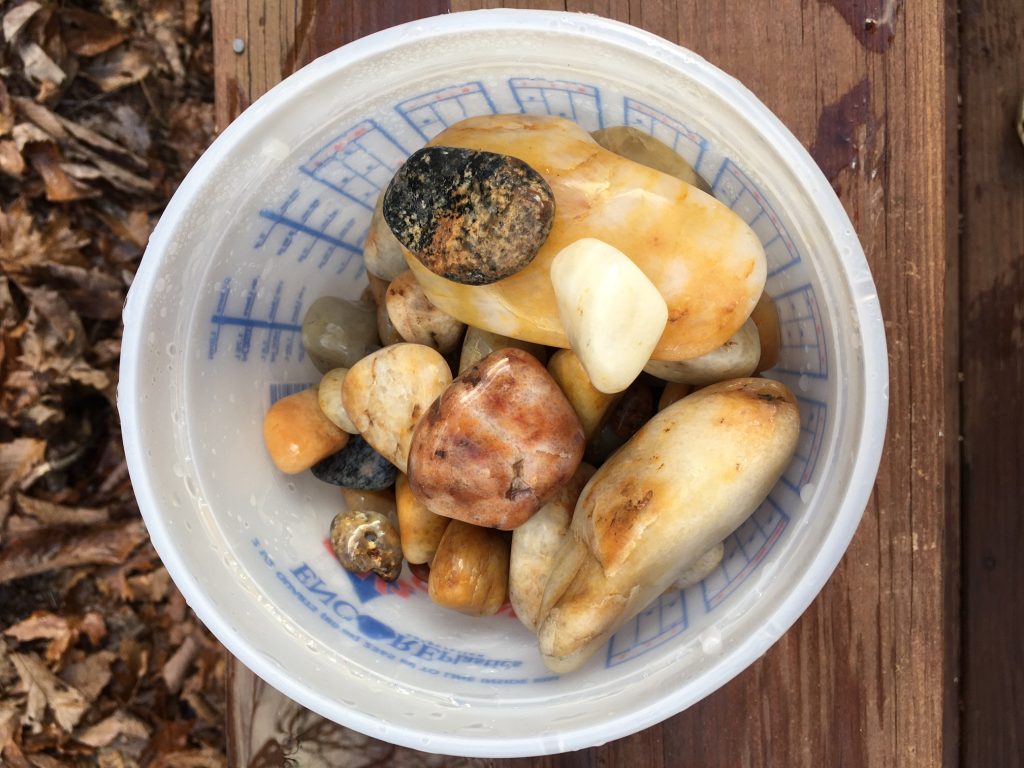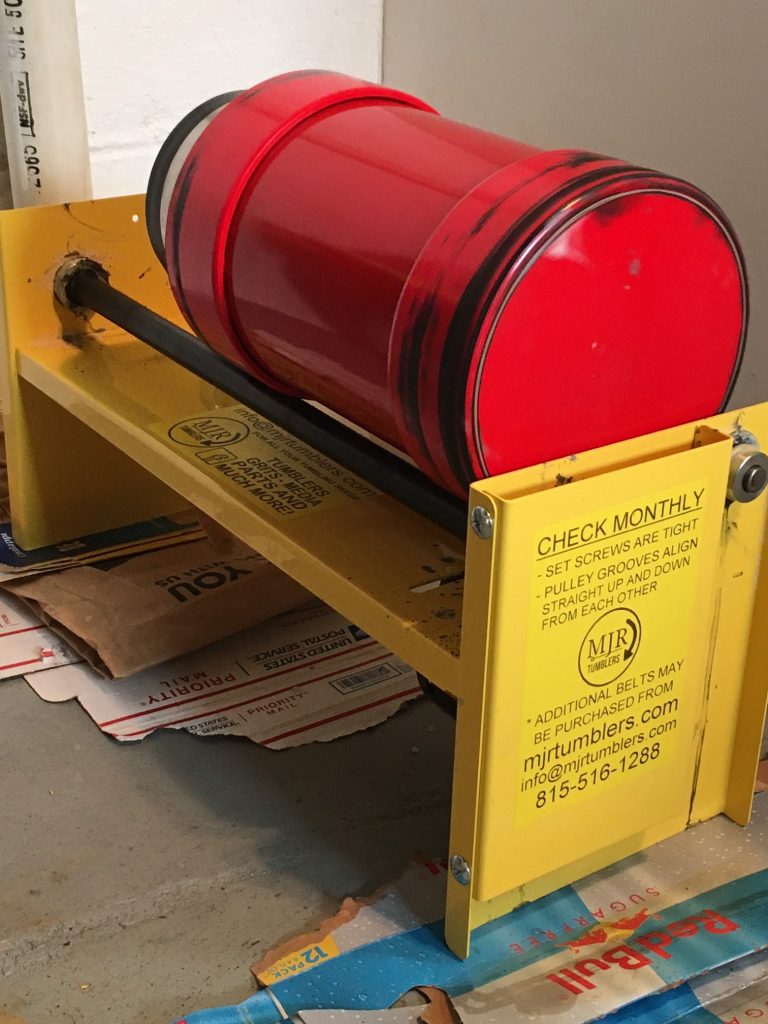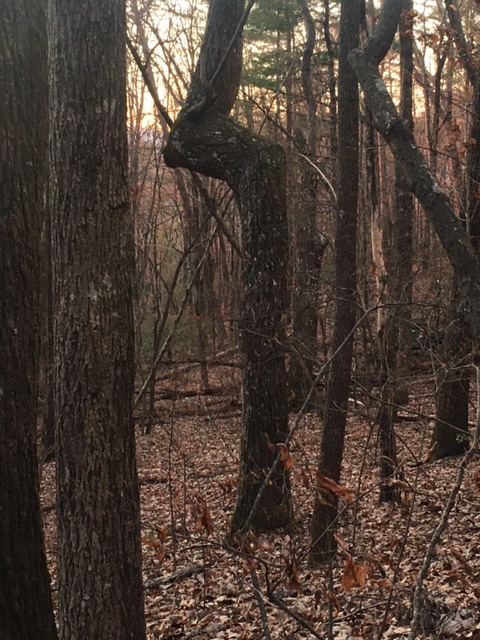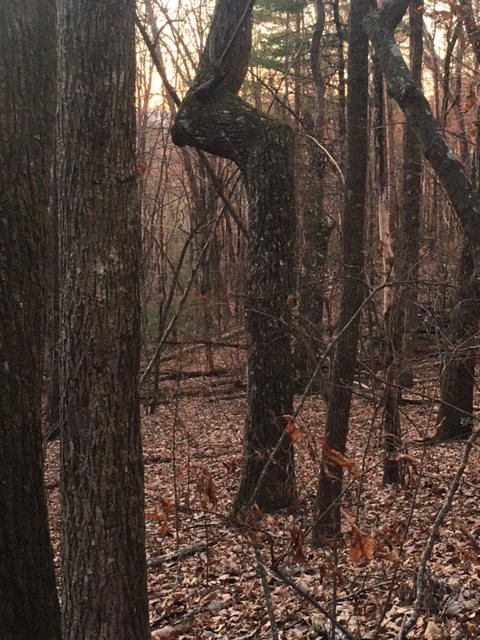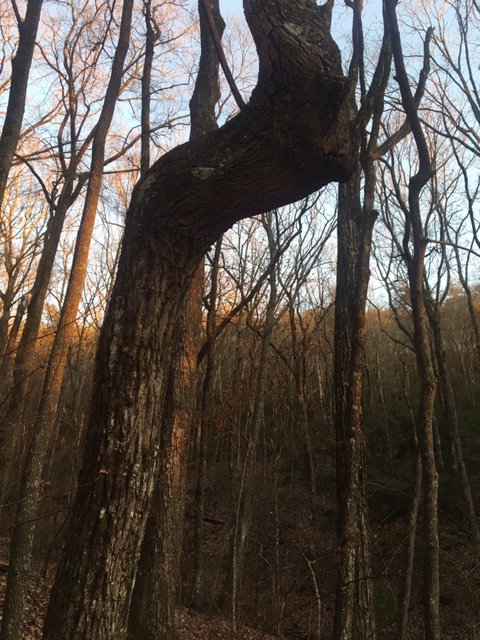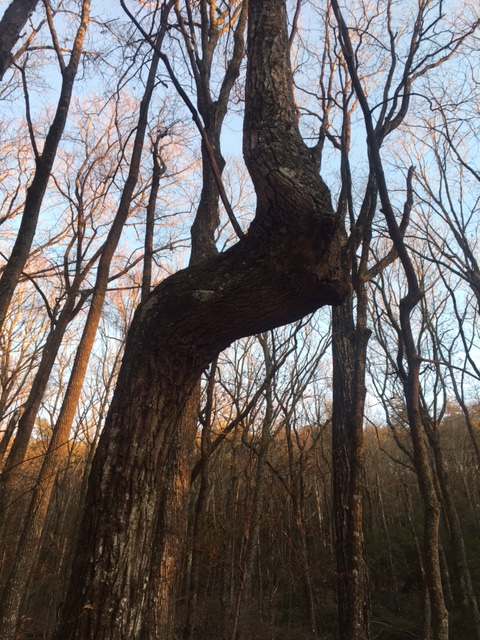Grassy Creek Mineral and Gem Show!
The 37th Annual Grassy Creek Mineral and Gem Show is put on by the Parkway Fire and Rescue to raise money for new equipment and new buildings.
This Gem Show has everything! Over 60 US and International dealers with almost any kind of jewelry, gemstone and mineral specimens, fossil, lapidary equipment and more you might want. Each booth is 20 by 40 foot so there are LOTS of items for sale.
Parking and admission are free.
Food is available.
Portajohns are available. Hopefully by the time of the gem show, the new restrooms and shower facilities will be built.
This is an outside event so be prepared for rain.
Gem Show Dates: Sunday, July 25th to Sunday, August 1st, 2021 with some vendors open on Saturday 24th.
Gem Show Hours: 9 to 6 daily with many vendors open earlier and later because they are staying with their booth.
Gem Show Address: 136 Majestic View, Spruce Pine, NC 28777 at the new Parkway Fire and Rescue event grounds. This location is on the hill above the previous location.
Contact: Donna Collis: collisdonna@yahoo.com 828-765-5519 or Parkway Fire and Rescue at 828-765-2117.
Email: info@grassycreekgemshow.org
Website: www.grassycreekgemshow.org. Applications and pictures are available on the website.
Grassy Creek Mineral & Gem Show
136 Majestic View, Spruce Pine
PO Box 188 Spruce Pine, NC 28777
Phone: (828) 765-2117, Email: info@grassycreekgemshow.org
The gem show is organized by Donna Collis, who has been involved with the event for over 20 years, and Roger Frye, who has helped plan the show for more than two decades.
Started by the Grassy Creek Fire Department, for the first two years, the gem show took place where KFC and Taco Bell are now located. When Grassy Creek Fire Department merged with Altapass Fire Department to create Parkway Fire and Rescue, show organizers chose to keep the name. The show was later moved to the field across from Parkway Fire and Rescue for three years before moving to its former location at Parkway Fire and Rescue in 1990, where it remained until 2015.
The department purchased the field on Majestic View from Wade Hughes in January 2016 with the intent of making it the home of the new Parkway Fire and Rescue.
Parking and admission to the gem show are free and money raised goes toward new equipment for Parkway Fire and Rescue.
If you would like more info on local Mineral shows and rockhound clubs click on the American Geode News page for up to date listings and links to Gem Show, Mineral Show, and Fossil Show announcements. American Geode updates our rockhound news twice an hour and showcase the top mineral shows and rockhound news in the USA and the World. Also, follow American Geode on Twitter for even more rockhound events, commentary, and laughable quips from American Geode. https://twitter.com/AmericanGeode
https://www.ebay.com/usr/americangeode

